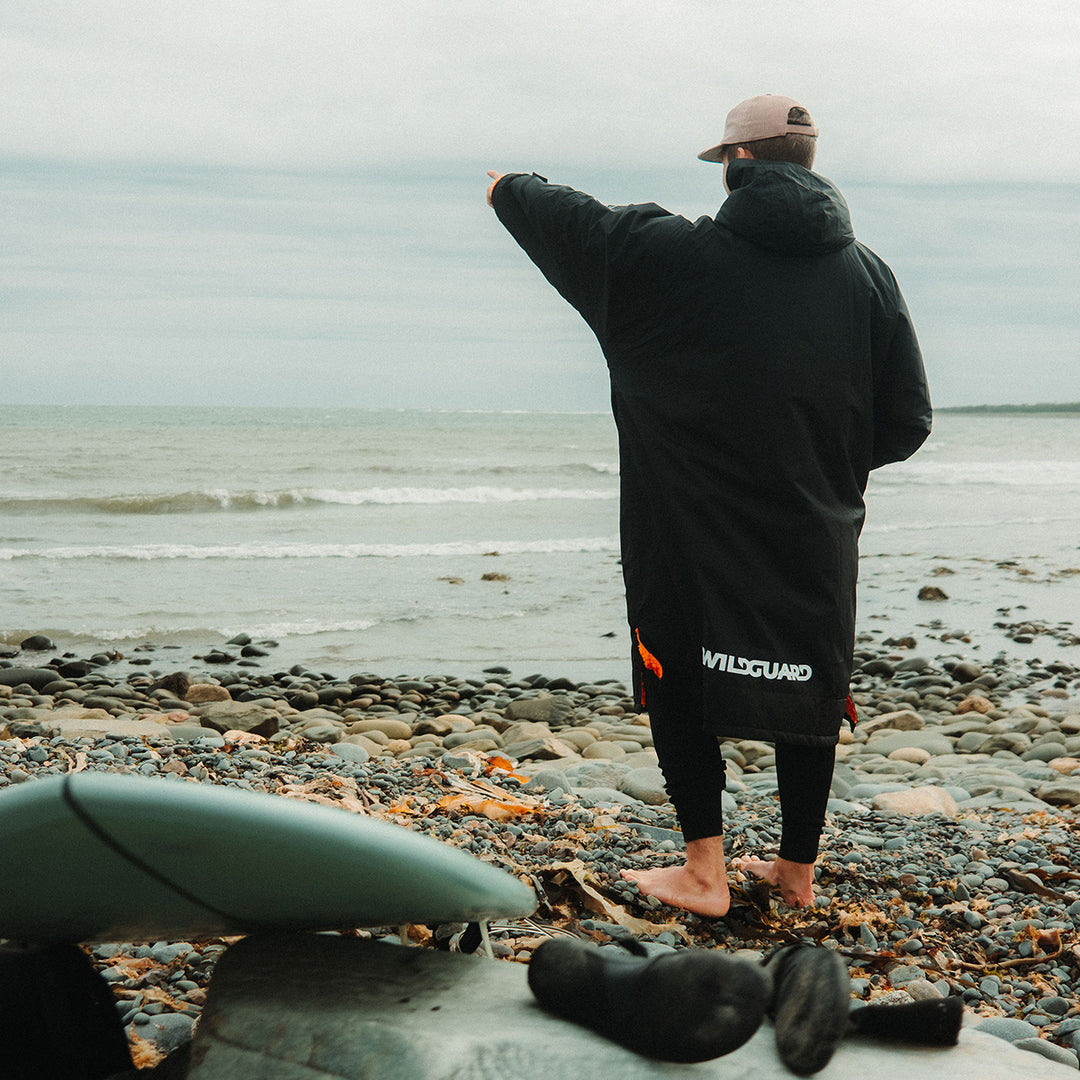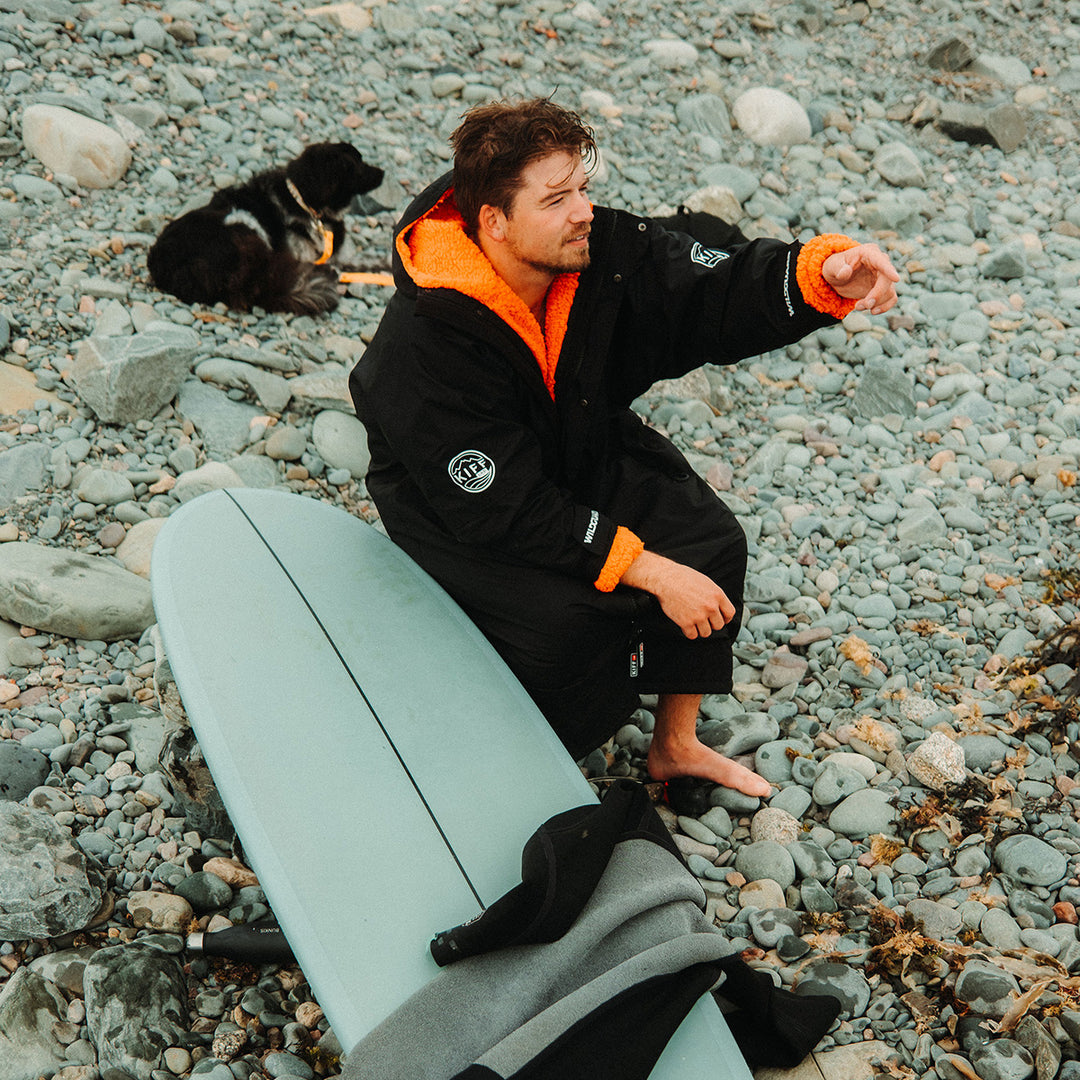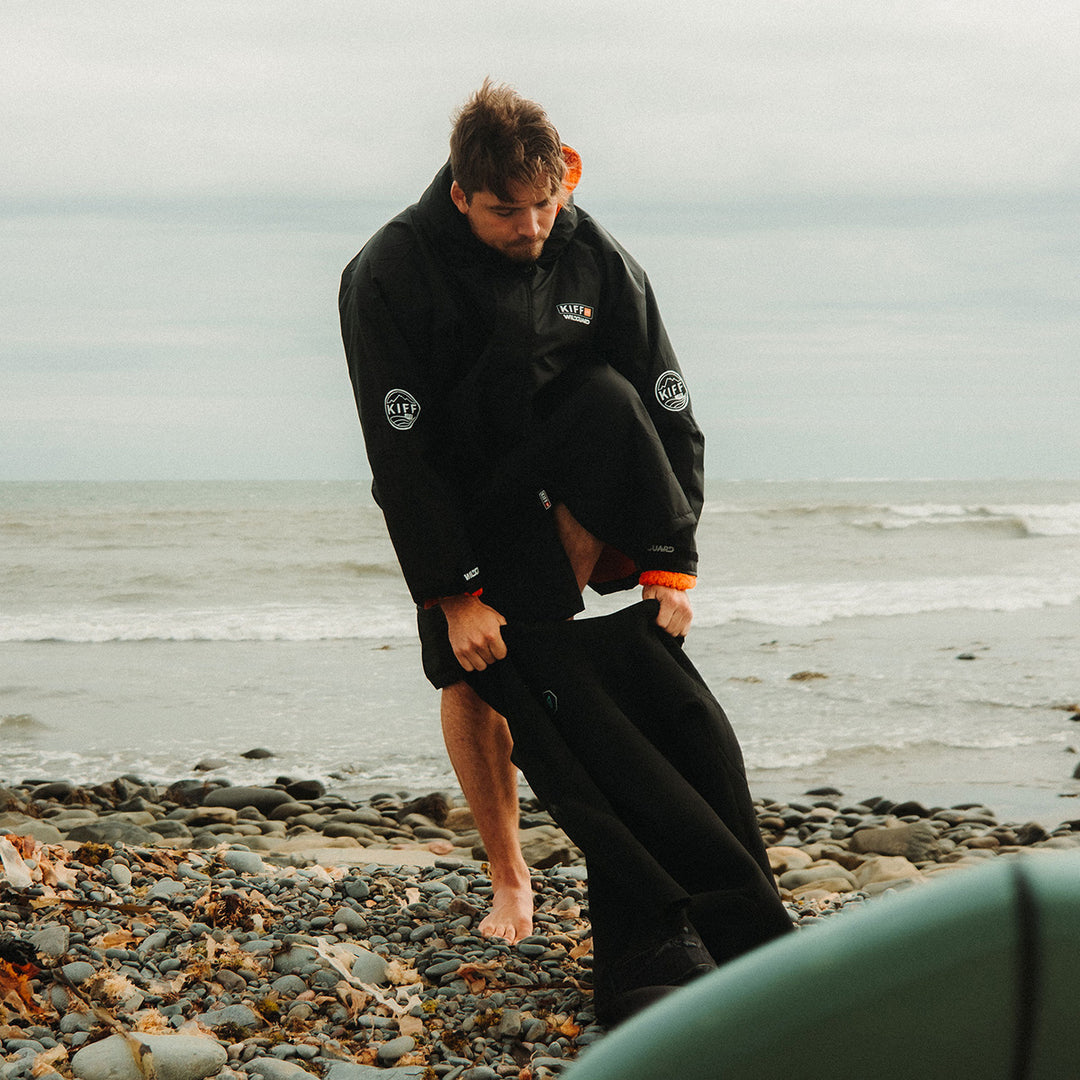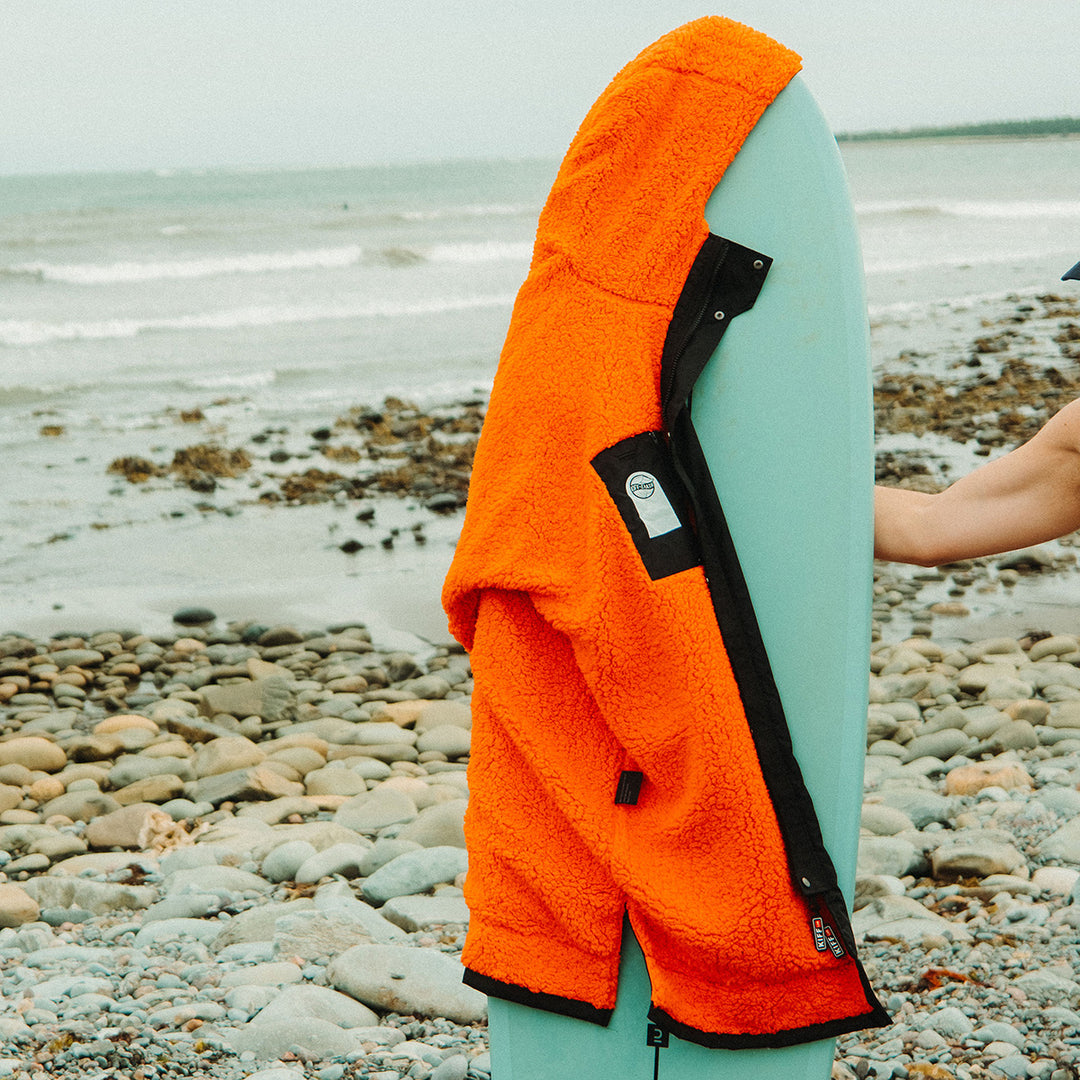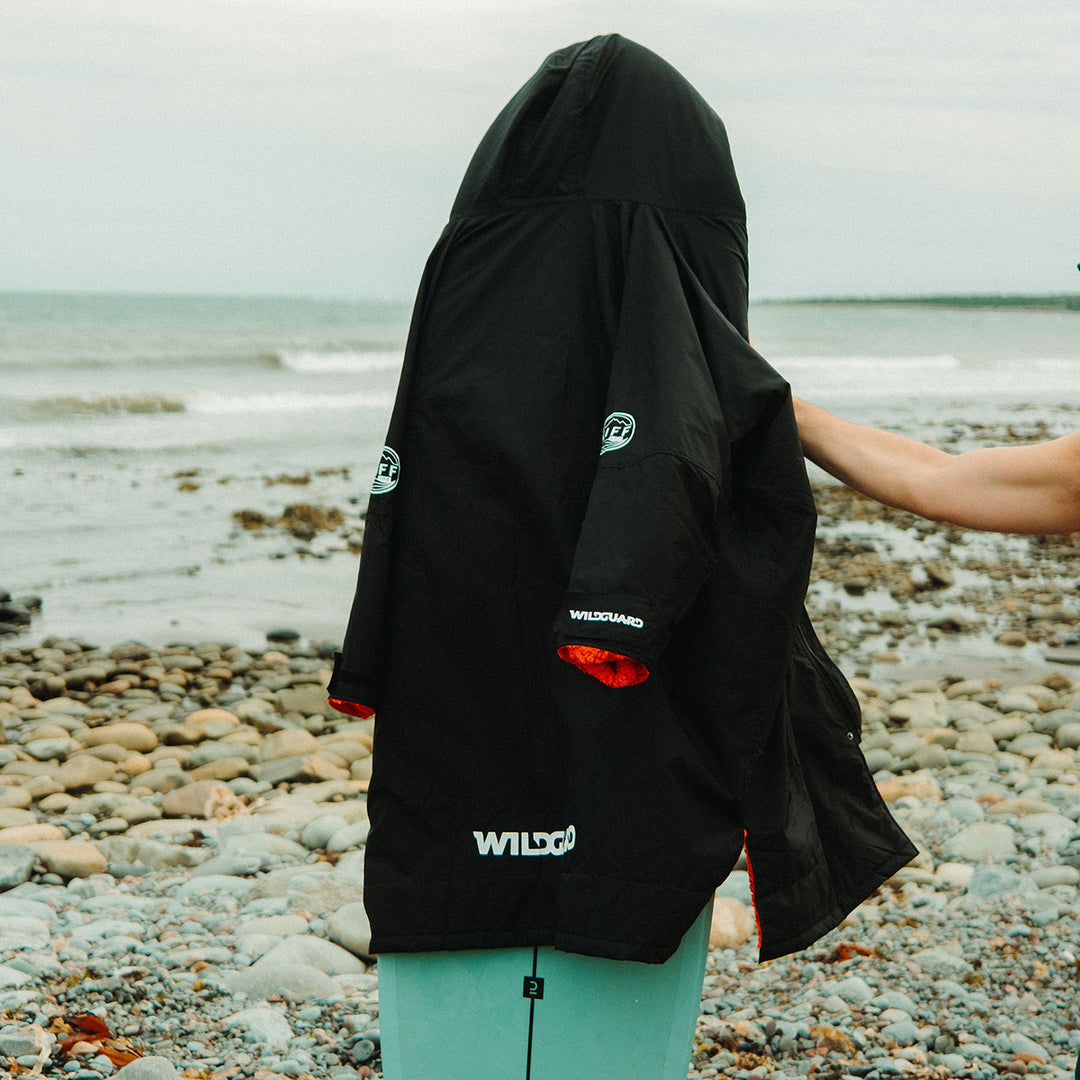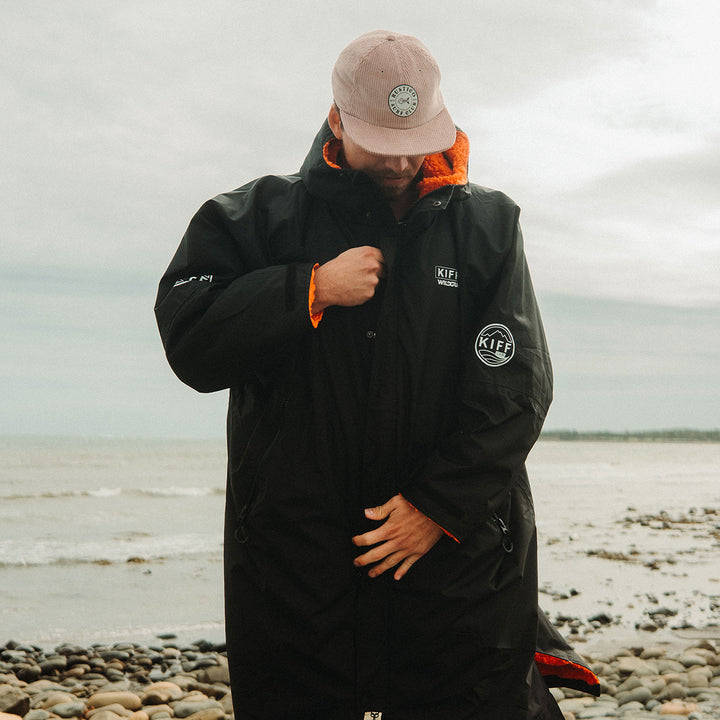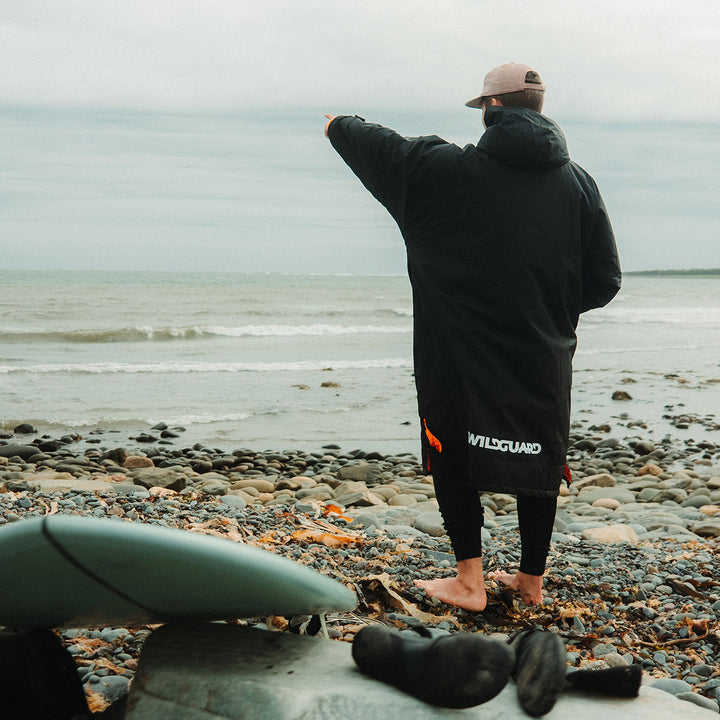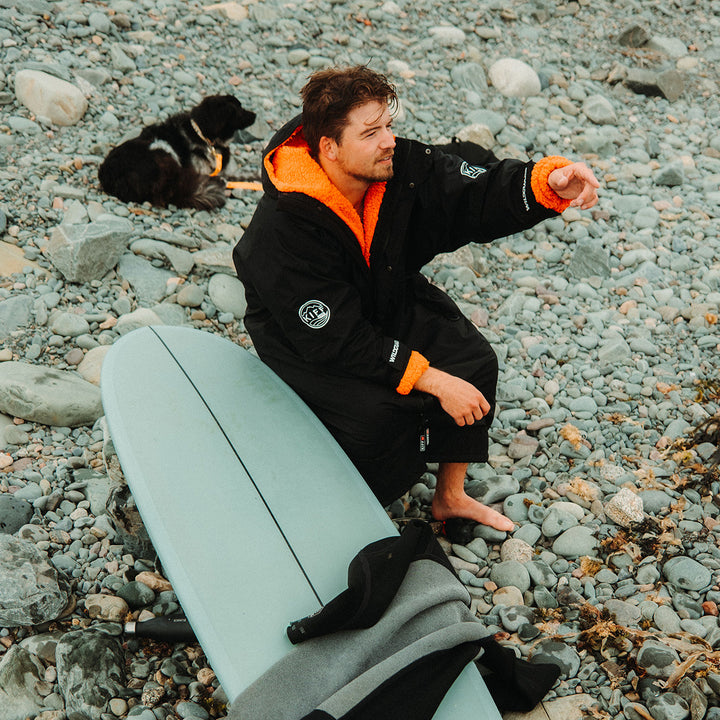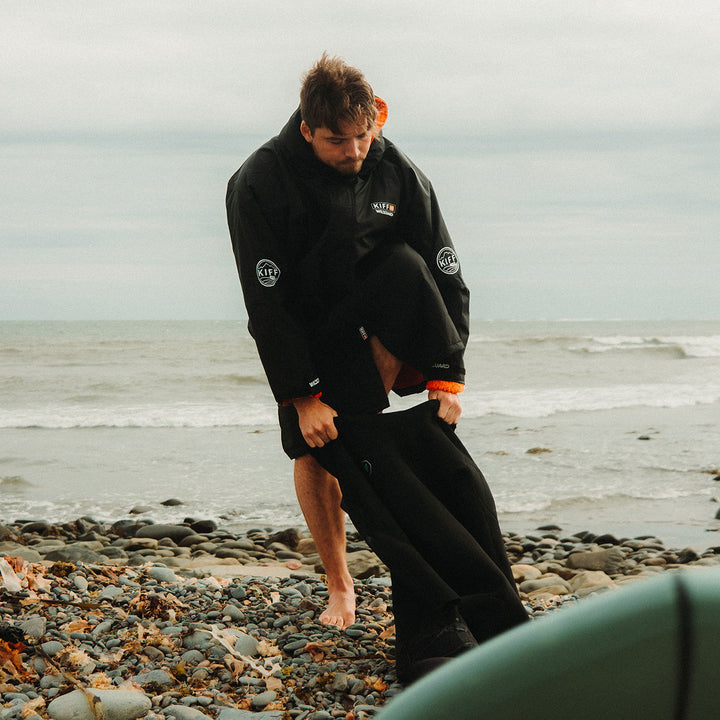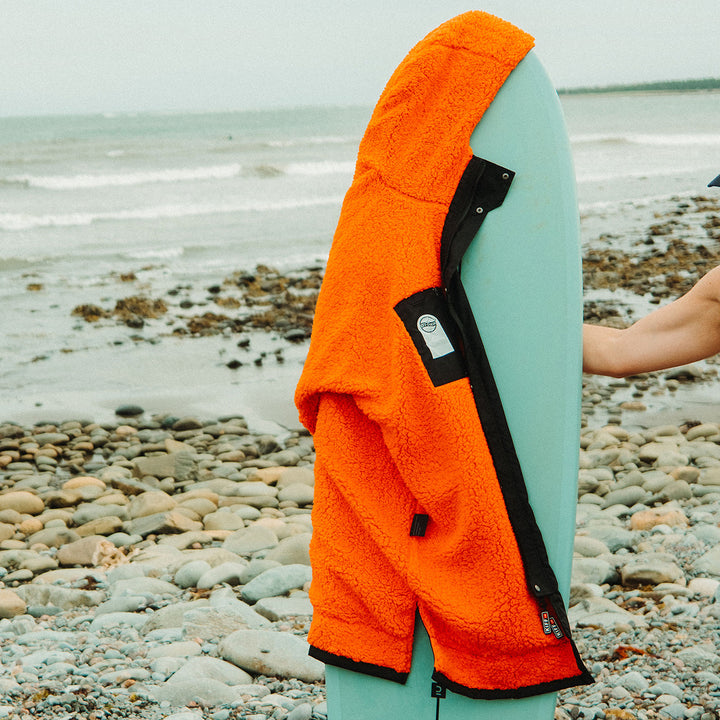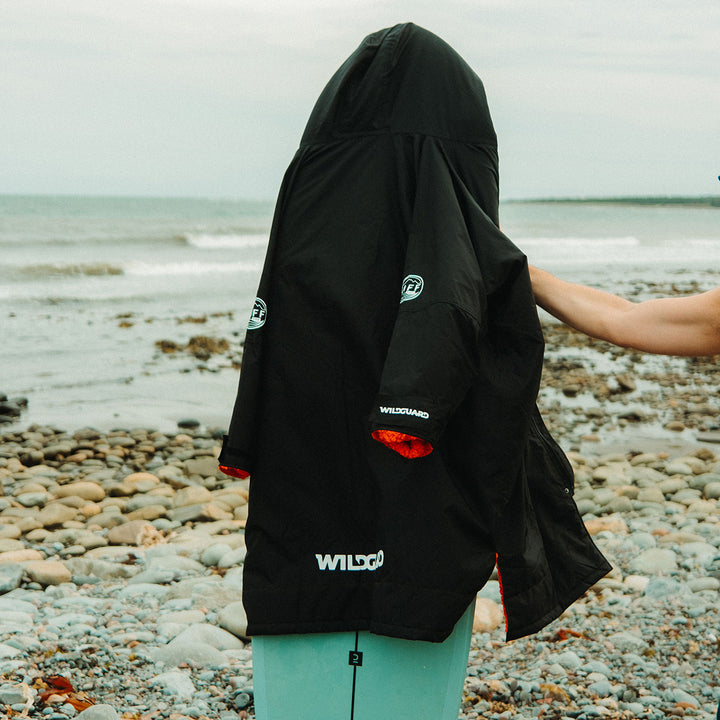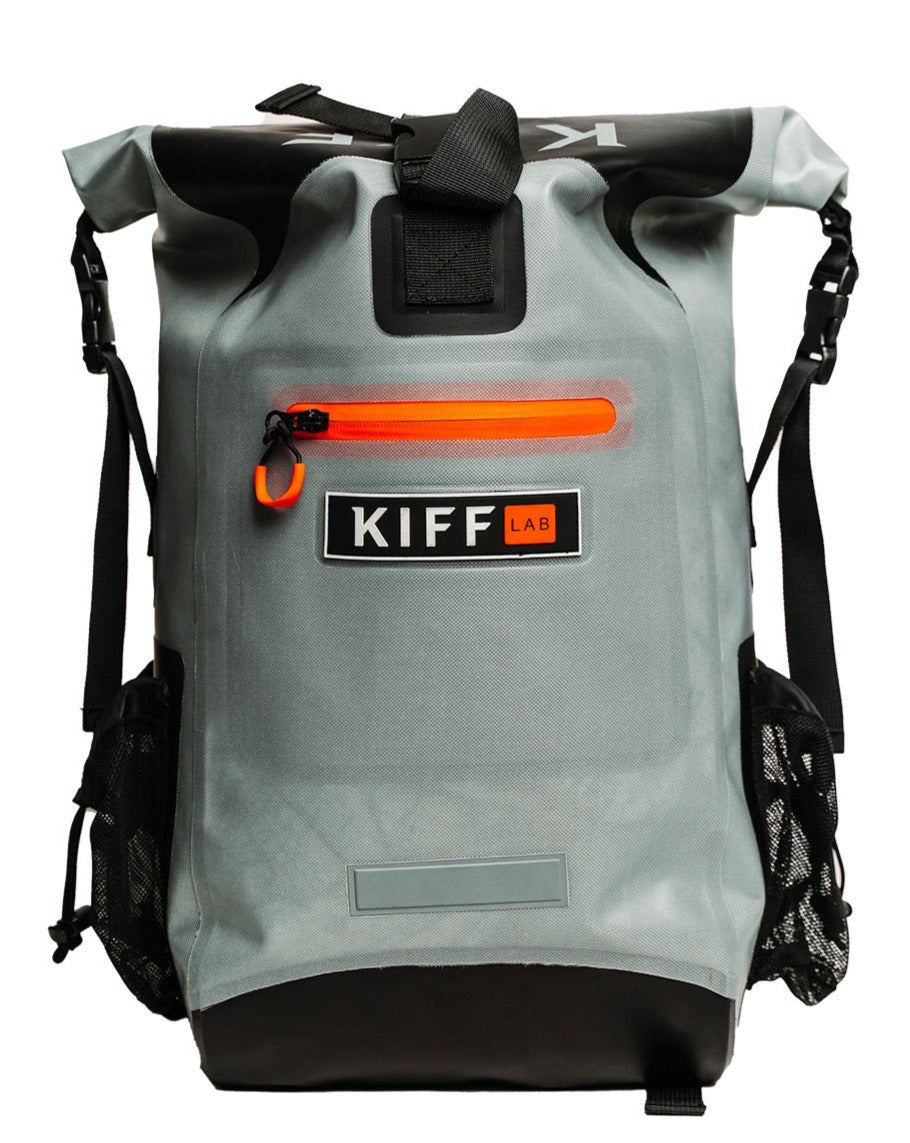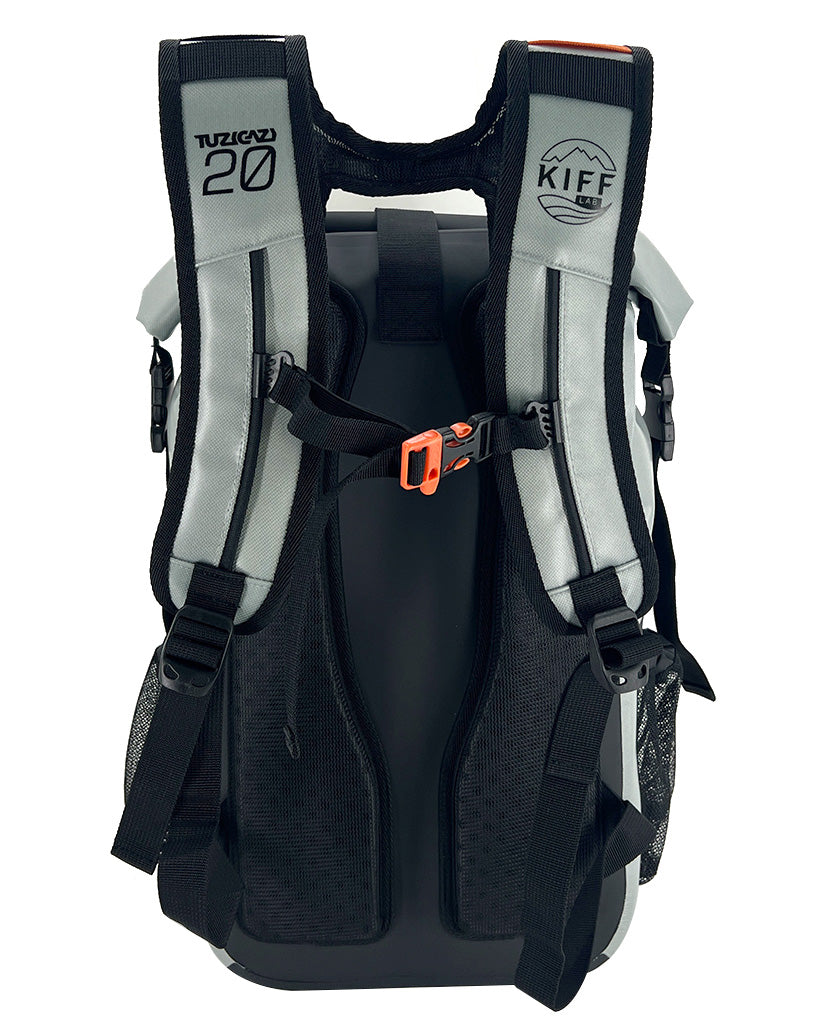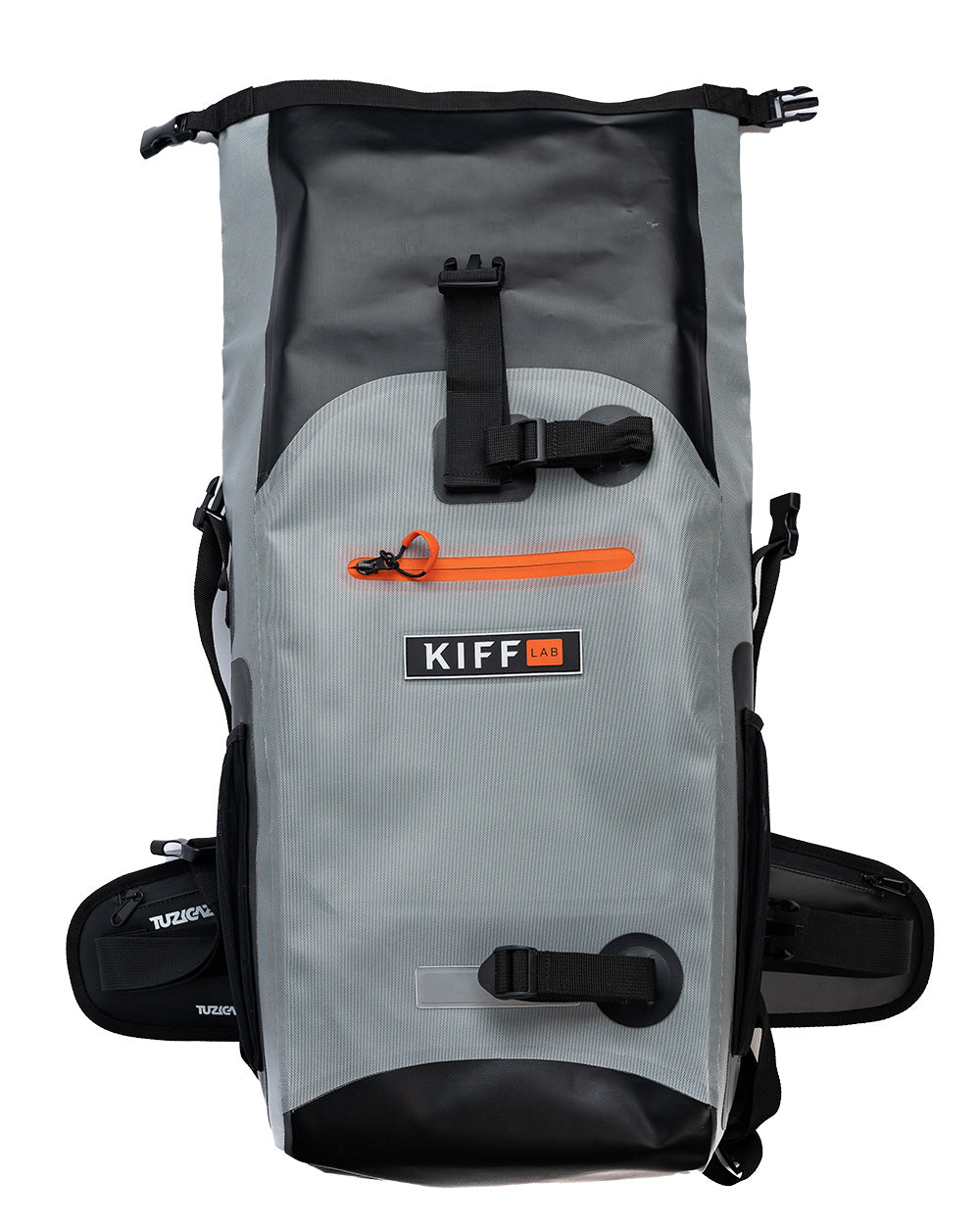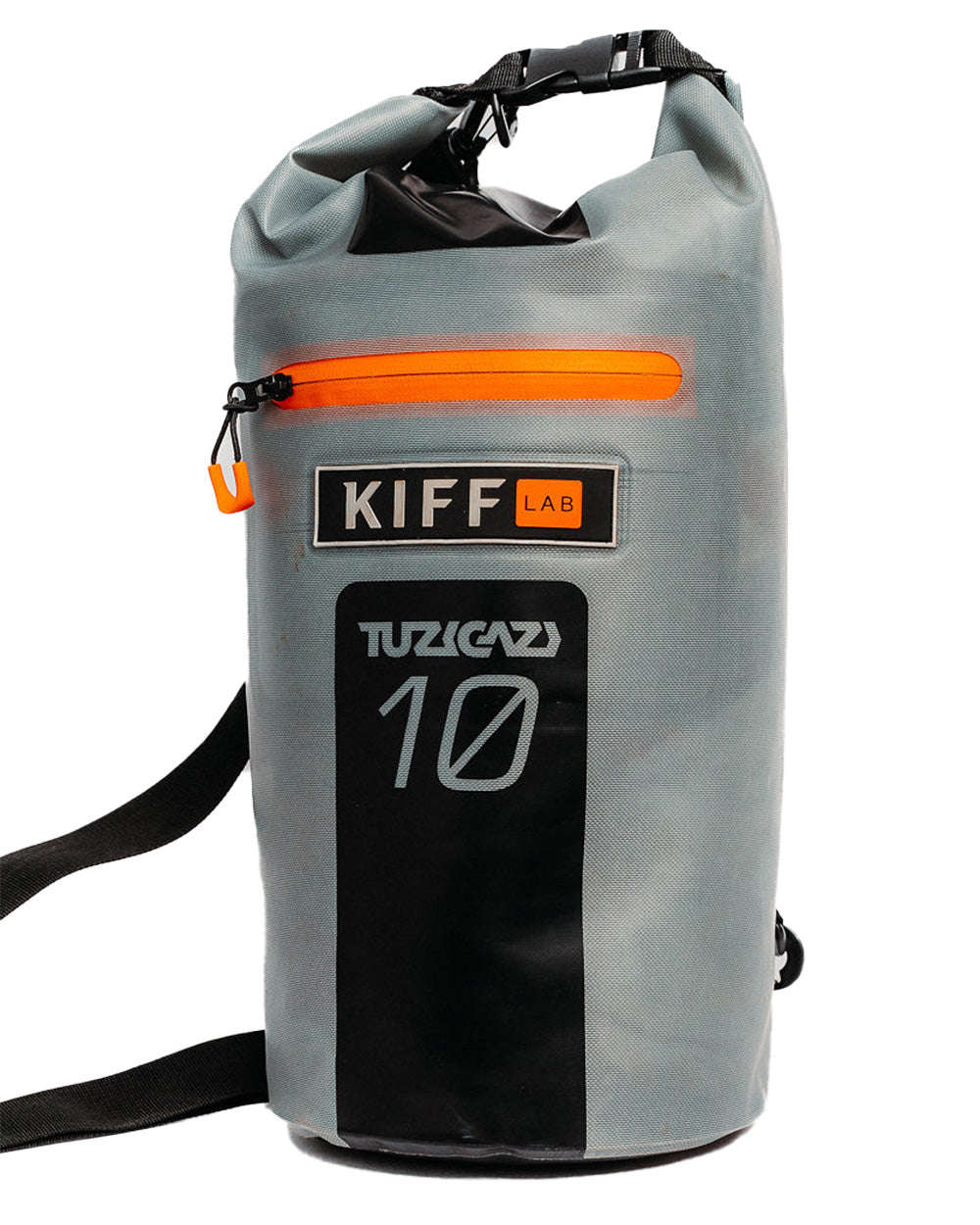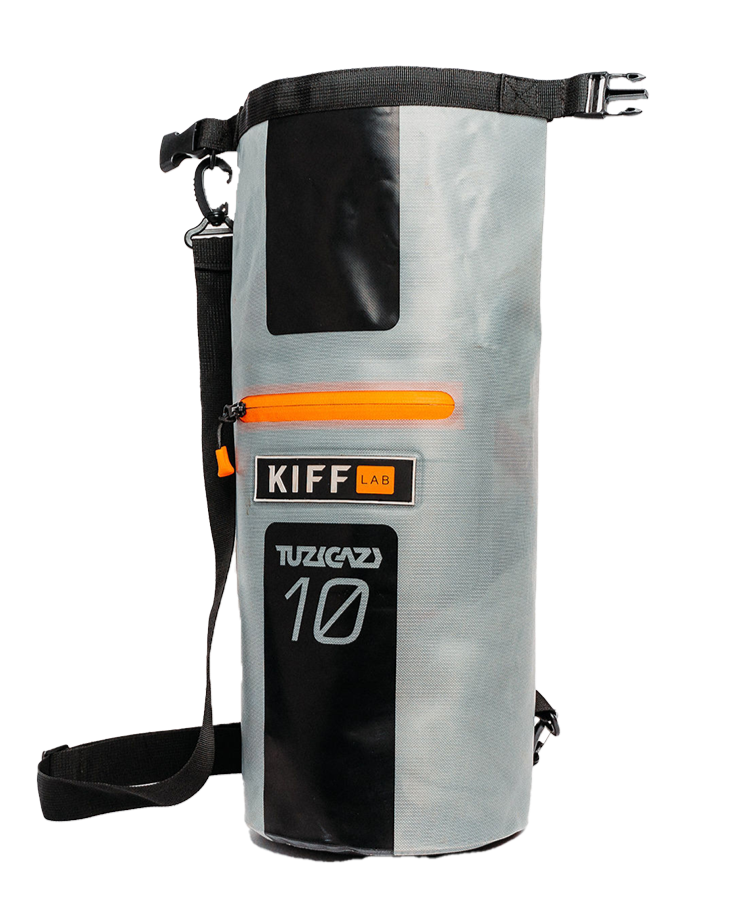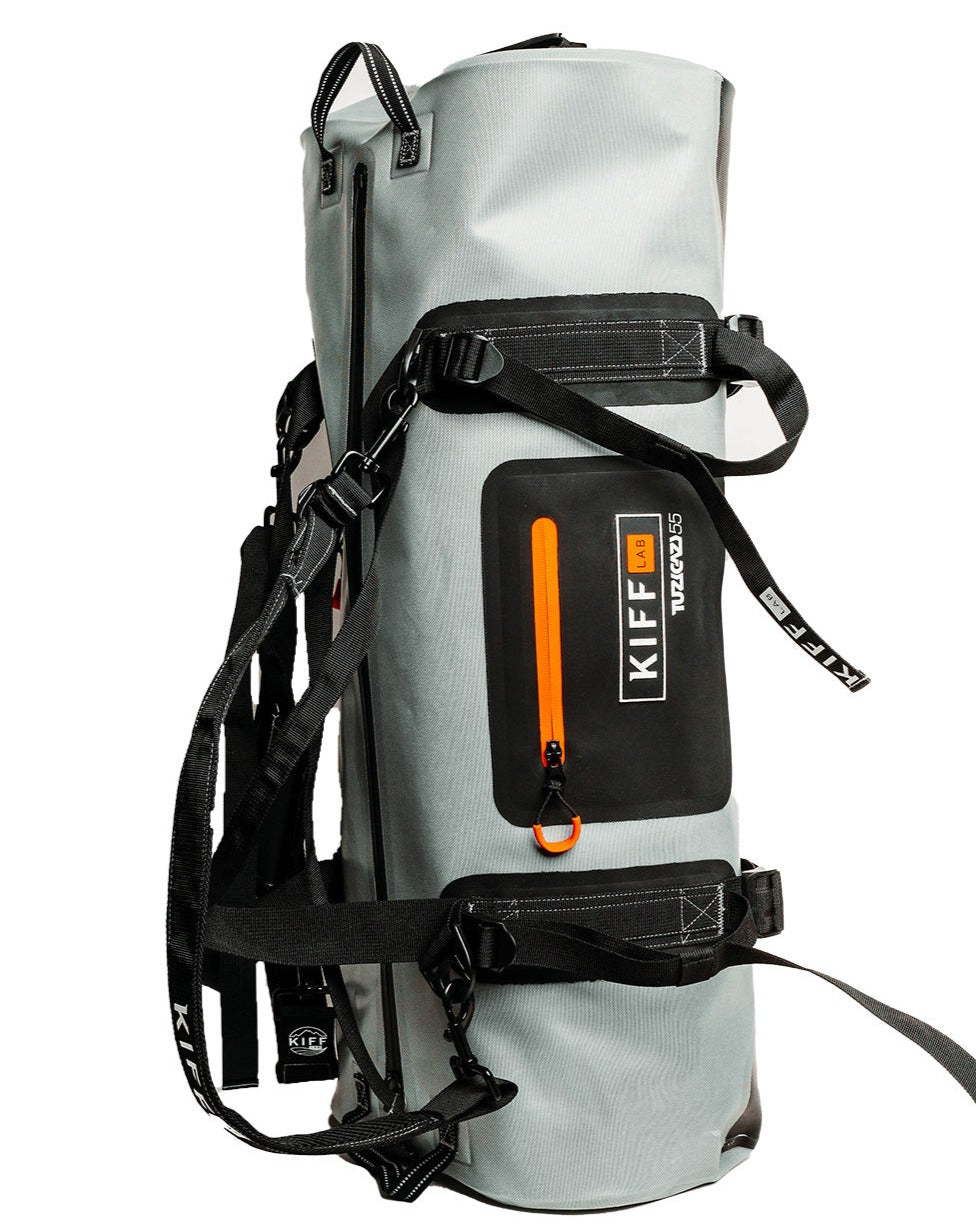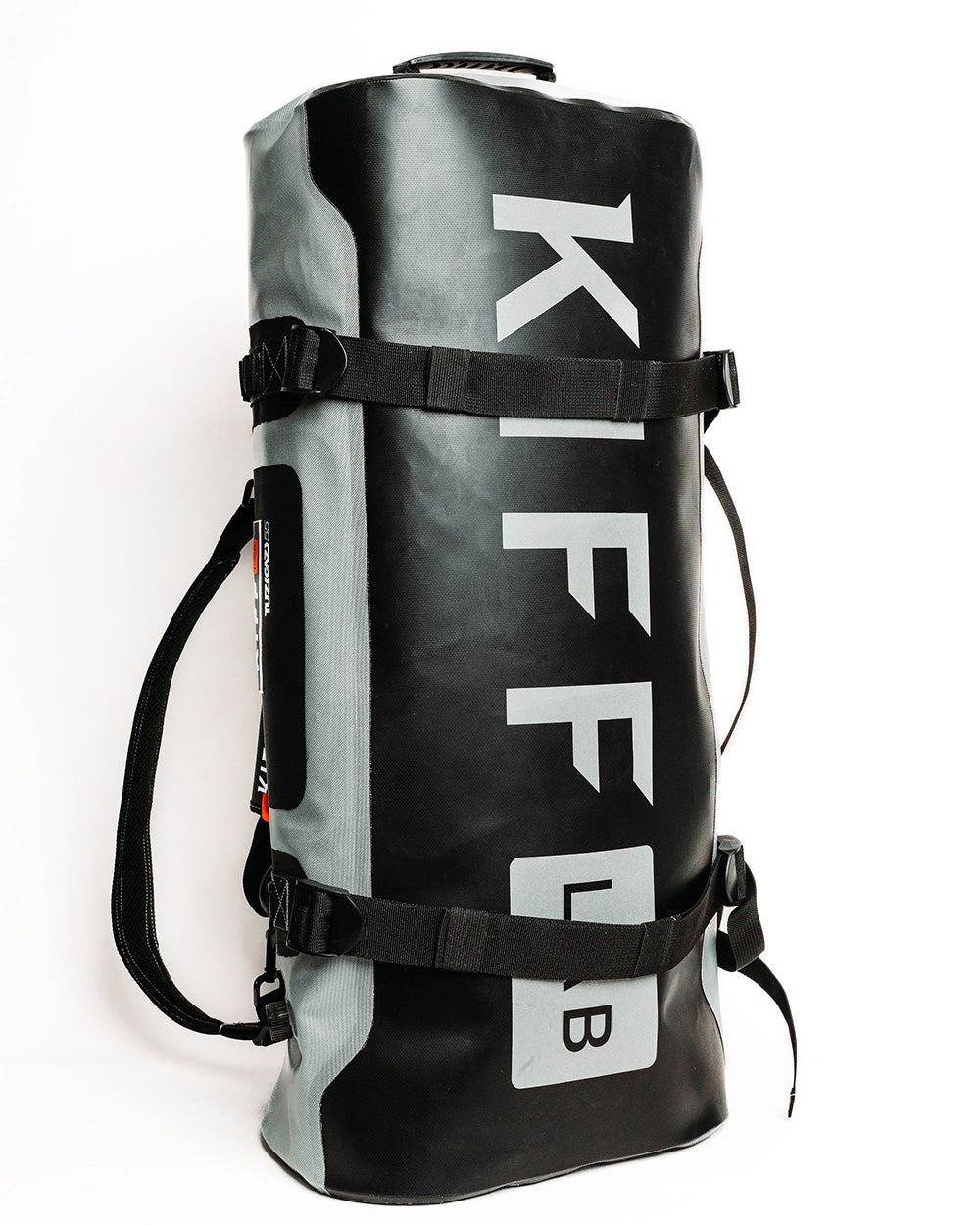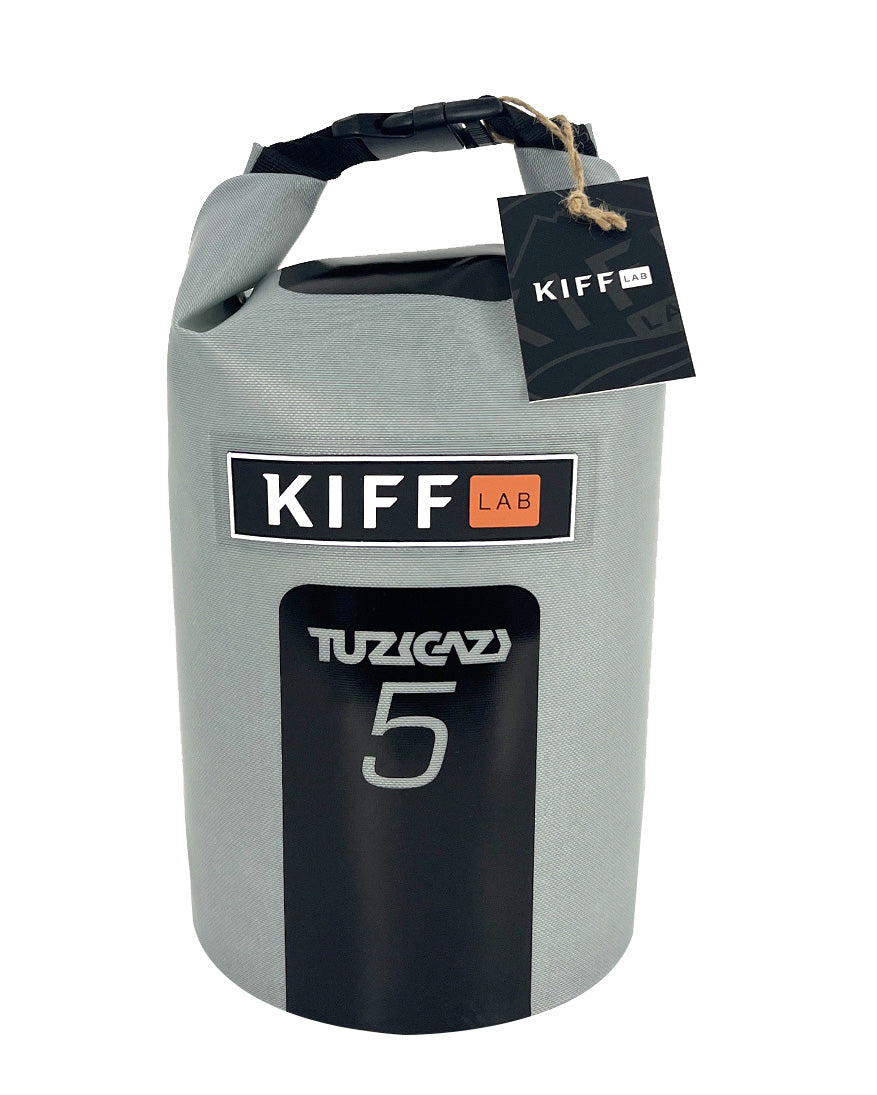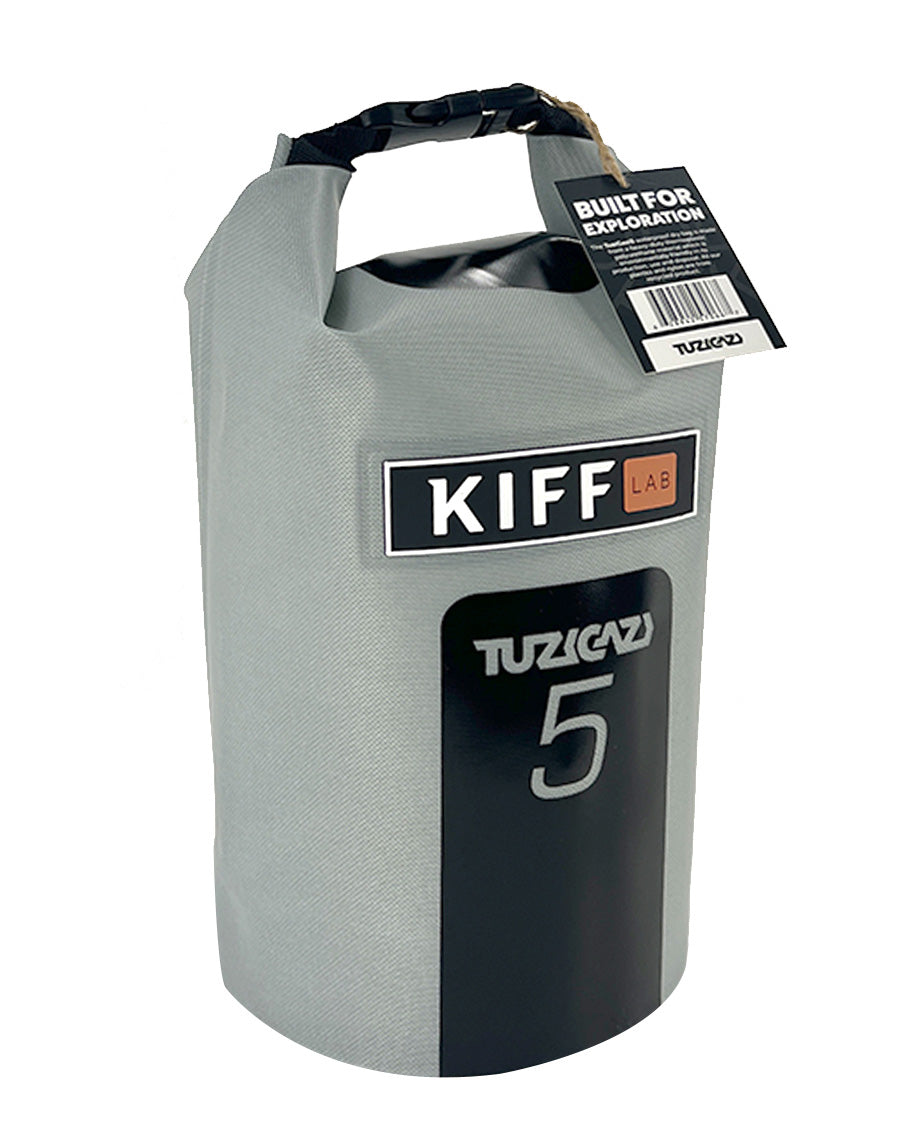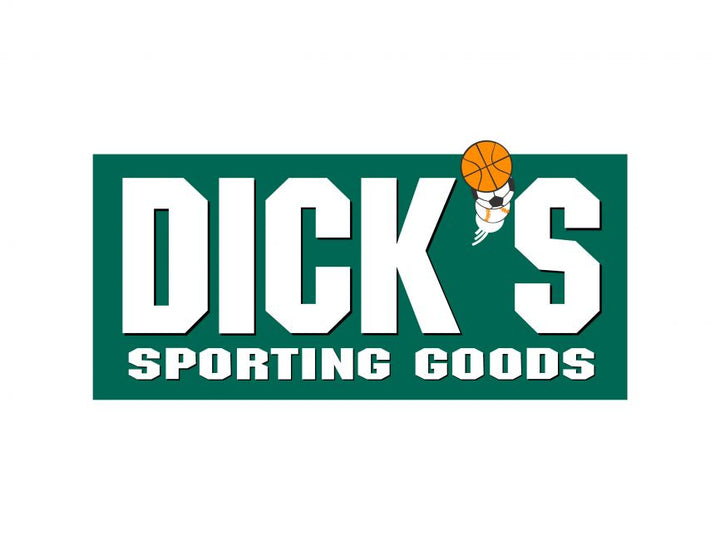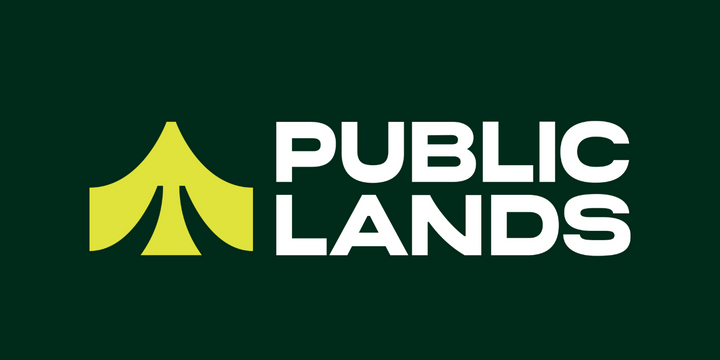
The Benefits of a Cold Plunge
Vasoconstriction and Vasodilation:
When you take the plunge into cold water, your body initiates a remarkable series of physiological responses designed to adapt to the challenging environment. One of the most prominent responses is vasoconstriction followed by vasodilation, a dynamic process that plays a pivotal role in enhancing circulation and cardiovascular health.
Vasoconstriction: The Initial Response
As your body senses the sudden drop in temperature, it reacts by constricting blood vessels, a phenomenon known as vasoconstriction. This response occurs primarily in the peripheral blood vessels, particularly those near the skin's surface. The objective of vasoconstriction is to reduce blood flow to the skin and extremities, which are more susceptible to heat loss. By narrowing these blood vessels, your body minimizes heat loss and preserves core body temperature.
During vasoconstriction, blood is redirected away from the skin and superficial tissues towards your vital organs, particularly the heart and lungs. This redirection ensures that essential organs receive an adequate supply of oxygen and nutrients, even in cold conditions.
Vasodilation: Expanding Blood Flow
Following the initial vasoconstriction, your body undergoes vasodilation. This process involves the widening of blood vessels, especially the peripheral vessels. Vasodilation is a physiological response to the prolonged exposure to cold water.
As your body adjusts to the cold, it recognizes the need to restore blood flow to the extremities. By dilating blood vessels, it allows a surge of warm, oxygen-rich blood to flow back to the skin, muscles, and peripheral tissues. This dilation serves several crucial purposes:
Improved Oxygenation: Enhanced blood flow means improved oxygen delivery to cells and tissues, ensuring they receive the energy and nutrients required to function optimally. This is akin to giving your cardiovascular system a workout.
Temperature Regulation: Vasodilation also plays a role in maintaining body temperature. By redistributing warm blood to the skin's surface, your body can counteract the cold water's cooling effects.
Cardiovascular Fitness: Repeated vasoconstriction and vasodilation create a cyclical "exercise" for your cardiovascular system. This dynamic process mimics the effects of physical activity on your heart and blood vessels. Over time, it can contribute to improved heart health, increased overall circulation, and enhanced cardiovascular fitness.
Long-Term Benefits for Cardiovascular Health:
Consistent exposure to cold water through dips or cold showers can lead to long-term improvements in cardiovascular health. The regular "workout" for your circulatory system can help lower blood pressure, reduce the risk of blood clots, and improve the elasticity of blood vessels. Additionally, it may enhance the efficiency of your heart, leading to a stronger and healthier cardiovascular system.
Mood Enhancement with Natural Endorphins:
When you immerse yourself in cold water, you're embarking on a journey that extends far beyond the physical realm. The sudden exposure to cold triggers a remarkable physiological response in your body, including the release of endorphins - your body's natural mood boosters and painkillers.
Endorphins: Nature's Feel-Good Chemicals
Endorphins are neurotransmitters produced by your central nervous system and pituitary gland. They are often referred to as "feel-good" chemicals because of their remarkable ability to induce positive emotions and reduce pain perception.
Here's how it works:
Endorphin Release: Cold water immersion stimulates the release of endorphins as a protective response to the sudden cold shock. Your body interprets the cold as a stressor and initiates the endorphin release to counteract any potential discomfort or pain associated with the cold exposure.
Mood Elevation: The surge of endorphins in your bloodstream triggers a profound sense of well-being and euphoria. This mood-enhancing effect can be immediate, providing you with an invigorating shot of positivity, akin to a natural high.
Pain Reduction: Endorphins also act as natural painkillers, alleviating any discomfort you may initially feel when entering the cold water. This analgesic effect can persist even after you've exited the cold water, contributing to an overall sense of comfort and well-being.
Endorphins and Energy Levels:
Beyond their mood-enhancing properties, endorphins also play a role in boosting your energy levels. The surge of positivity and improved mood resulting from endorphin release can provide a sense of renewed vitality and mental alertness. It's like a natural energy boost that can help you tackle the day with increased vigor and enthusiasm.
The Invigorating Shot of Positivity:
Imagine starting your day with a cold water dip, the brisk shock awakening your senses and triggering the release of endorphins. As those endorphins flood your system, you'll likely experience a surge of happiness and vitality that can set a positive tone for the rest of your day. This natural, invigorating shot of positivity can help you approach challenges with a more optimistic mindset and navigate daily stressors more effectively.
Immune Enhancement:
When you take the plunge into cold water, you are subjecting your body to a challenging environment that prompts a powerful immune response. This immune response, triggered by the cold water exposure, can yield several significant benefits for your overall health.
Cold Water as a Stressor:
Cold water is perceived by your body as a stressor or a mild form of physical stress. Just like exercise can stress your muscles and promote their growth and adaptation, cold water exposure can stress your immune system and make it more resilient. This is a concept known as hormesis—the process where a mild stressor enhances the body's ability to respond to future stressors more effectively.
Immune System Activation:
Cold water immersion initiates a series of physiological changes that stimulate your immune system. Some of the key mechanisms include:
Increased White Blood Cell Production: Cold exposure can lead to an increase in the production of white blood cells, including neutrophils and lymphocytes, which play a vital role in fighting infections.
Enhanced Immune Cell Activity: The cold can stimulate the activity of immune cells, making them more efficient at recognizing and neutralizing pathogens, such as viruses and bacteria.
Release of Cytokines: Cold water immersion may trigger the release of certain cytokines, signaling proteins that regulate immune responses. This can help coordinate and strengthen your immune system's defense mechanisms.
Improved Immune Function Over Time:
Engaging in regular cold dips can lead to the adaptation and strengthening of your immune system. Just as your muscles become more robust with consistent exercise, your immune system becomes more efficient at defending your body against infections with repeated cold exposures. This heightened immune function can enhance your ability to ward off illnesses.
Reducing Inflammation:
Inflammation is a natural response by the immune system to infections and injuries. However, chronic inflammation can be detrimental to health and increase the risk of various diseases. Cold water dips can help modulate inflammation by regulating the production of pro-inflammatory cytokines, potentially reducing the risk of chronic inflammation-related conditions.
Mental Well-Being and Immunity:
Furthermore, it's important to note that cold water dips' positive impact on mental health can indirectly contribute to a stronger immune system. Reduced stress and anxiety, often associated with cold water exposure due to the release of endorphins, can have a positive influence on immune function. Chronic stress can weaken the immune system, so any activity that helps manage stress, like cold water dips, indirectly supports immune health.
Mental Clarity and Stress Reduction:
The abrupt exposure to the cold creates a sensory shock that sets off a cascade of physiological reactions, including the release of adrenaline—a hormone and neurotransmitter often associated with the "fight or flight" response.
The Role of Adrenaline:
Adrenaline, also known as epinephrine, is a stress hormone produced by the adrenal glands. Its primary function is to prepare your body to respond rapidly to perceived threats or challenges. Here's how adrenaline influences your mental state during a cold water dip:
Immediate Alertness: The rush of adrenaline prompts heightened alertness and sharpens your senses. Your body is instantly on high alert, ready to face the cold water's challenge.
Improved Focus: Adrenaline can enhance your ability to concentrate and focus on the task at hand. This can be particularly useful for those seeking mental clarity, whether you're preparing for a big presentation or tackling a complex problem.
Increased Energy: Adrenaline release provides a surge of energy, which can make you feel more awake and mentally sharp. It's as if your mental fog is lifted, and you're infused with a sense of vigor.
Endorphins: The Natural Stress Busters
As the cold water's shock triggers the release of adrenaline, it also initiates the secretion of endorphins—your body's natural mood enhancers and pain relievers. Endorphins play a significant role in stress reduction and contribute to your overall mental well-being:
Stress Reduction: Endorphins help alleviate stress and anxiety by inducing a sense of relaxation and calmness. They act as natural stress busters, counteracting the tension that might have built up in your body prior to the cold water dip.
Improved Mood: The surge of endorphins induces feelings of happiness and euphoria, which can counteract feelings of sadness or anxiety. This mood-enhancing effect can last beyond the cold water immersion, providing a sense of well-being throughout the day.
Pain Relief: Endorphins also have analgesic properties, which means they can reduce any discomfort or pain you might experience during the cold water dip, making the experience more manageable and less stressful.
The Overall Impact on Mental Well-Being:
The combination of adrenaline's alertness and focus-boosting effects and endorphins' stress-reducing and mood-enhancing properties creates a unique synergy during a cold water plunge. This holistic approach to mental well-being not only sharpens your mental clarity but also contributes to a sense of overall tranquility and positivity.

What to Wear:
When preparing for your cold plunging, selecting the right attire is essential for a safe and enjoyable experience. Here's a breakdown of what to consider:
Wetsuit or Thermal Swimsuit: Wearing a wetsuit or a thermal swimsuit is highly recommended, especially if you plan on spending more extended periods in the cold water. These specialized suits are designed to trap a layer of water between your body and the suit itself, which then warms up and acts as insulation, preserving your body heat. This insulation allows you to stay comfortable for more extended cold water sessions, and it's particularly helpful in colder climates or during winter months.
Beanies or Hats: Your head is a significant source of heat loss, so wearing a beanie or a hat is a wise choice. It helps to keep your head warm and prevents heat from escaping. Additionally, it can protect your ears from the cold water, which can be sensitive to low temperatures.
Gloves: Much like your head, your extremities, such as your hands, are prone to losing heat quickly. Wearing gloves designed for cold-water activities can help keep your hands warm and functional during your dip. They also provide added grip and protection against the cold.
Footwear: Depending on the water's temperature, you may want to consider wearing neoprene booties or socks to keep your feet warm and protect them from sharp objects or rough surfaces.
Accessories: Consider wearing additional accessories like neoprene socks, earplugs, and even a neck gaiter to keep your neck warm and prevent water from entering your wetsuit.
Safety Gear: For safety, it's advisable to wear a brightly colored swim cap or inflatable safety buoy, especially if you plan to swim in open water. These items not only increase visibility but also serve as a safety precaution.
Remember, the choice of attire should match the water temperature and your personal tolerance for cold. Always prioritize safety and comfort when deciding what to wear for your cold water dip. As you gain experience and adapt to the cold, you can adjust your attire accordingly to suit your preferences and extend your cold water dip sessions.

So, how do you get into the activity of cold water plunges:
It's crucial to approach this adventure with careful consideration and mindfulness. Here's a step-by-step guide to help you begin your cold water dipping journey:
1. Choose a Suitable Location:
Research and Select a Body of Water: First, identify a safe and secure body of cold water that suits your comfort level and experience. Options may include natural bodies of water like lakes, rivers, or oceans, or controlled environments like pools or a cold water plunge tub.
Consider Safety Factors: Ensure that the chosen location is safe for swimming and cold water immersion. Assess factors such as water depth, current, water quality, and any potential hazards or obstacles.
Check Local Regulations: Familiarize yourself with any local regulations, permits, or guidelines for the chosen water body. Some locations may have specific rules or restrictions, so it's essential to be aware of them.
2. Prepare Adequate Attire:
As mentioned earlier in the blog, consider wearing appropriate attire to preserve body heat during the dip. A wetsuit or thermal swimsuit can help maintain your comfort and safety in cold water.
Don't forget to include essential accessories like a swim cap, gloves, and booties, especially if you're dipping in extremely cold conditions. These items can help prevent heat loss from critical areas of your body.
3. Gradual Acclimatization:
Cold water immersion is a gradual process. Start slowly to allow your body to adapt to the cold gradually. Here's a recommended progression:
-
a. Initial Exposure: Begin by immersing yourself in the water for just a few seconds. This initial exposure helps your body get used to the cold shock without overwhelming it.
b. Incremental Increase: Over subsequent sessions, gradually extend the duration of your dips. Aim for small increments, adding a few seconds or a minute each time. Listen to your body and respect its limits.
4. Listen to Your Body:
Pay close attention to your body's signals during your cold water dips. It's crucial to be attuned to how you're feeling both physically and mentally. If you experience discomfort, extreme shivering, dizziness, or numbness, it's a sign to exit the water immediately.
Never push yourself beyond your limits. Everyone's tolerance for cold water varies, and it's essential to prioritize your safety and well-being above all else.
5. The Buddy System:
Whenever possible, consider participating in cold water dips with a friend or a buddy. Having someone nearby can provide an added layer of safety and support in case of an emergency.
6. Warm-Up and Recovery:
Before your cold water dip, engage in light physical activity or stretching to warm up your muscles and prepare your body for the shock.
After your dip, take the time to warm up gradually. Wrap yourself in warm, dry clothing, and consume warm beverages or soups to help restore your body temperature.
7. Consistency is Key:
To reap the full benefits of cold water dips, consistency is essential. Incorporate cold water immersion into your routine to allow your body to adapt and enjoy the long-term advantages it offers.
Temperature Ranges for Cold Water Plunges:
-
Mildly Cold Water (60°F - 70°F or 15°C - 21°C):
- This temperature range is relatively mild and is a good starting point for beginners.
- Mildly cold water can offer some of the benefits of cold water immersion, such as improved circulation and mood enhancement, without the extreme discomfort associated with colder temperatures.
- It's a suitable choice for those looking to ease into cold water dipping and acclimate their bodies gradually.
-
Cold Water (50°F - 60°F or 10°C - 15°C):
- Cold water in this range provides more pronounced benefits for cardiovascular health, mental clarity, and immune system activation.
- You may experience a significant cold shock when entering water in this temperature range, which can be invigorating.
- Adequate preparation and gradual acclimatization are crucial to ensure safety and enjoyment in colder water.
-
Very Cold Water (Below 50°F or 10°C):
- Water temperatures below 50°F or 10°C are considered very cold and require careful consideration and preparation.
- Cold water dips in this range can offer the most profound benefits for circulation, immune function, and mental clarity.
- However, it's essential to approach very cold water with caution, especially if you are new to cold water immersion.
Factors to Consider:
Personal Tolerance: Your ability to tolerate cold water varies based on factors such as age, fitness level, and overall health. What might be mildly cold for one person could be extremely cold for another.
Duration of Immersion: The duration of your dip is a crucial factor. Even mildly cold water can become challenging over extended periods, so adjust your time in the water accordingly.
Safety Precautions: When immersing in very cold water, consider taking additional safety precautions, such as having a buddy present, wearing appropriate gear, and being aware of local conditions.
Gradual Acclimatization: Regardless of the water temperature, starting with short durations and progressively increasing your exposure allows your body to adapt to the cold more effectively.
Physical Preparation: Engaging in physical activity and maintaining good health can increase your cold tolerance over time, making the experience more enjoyable and safe.






